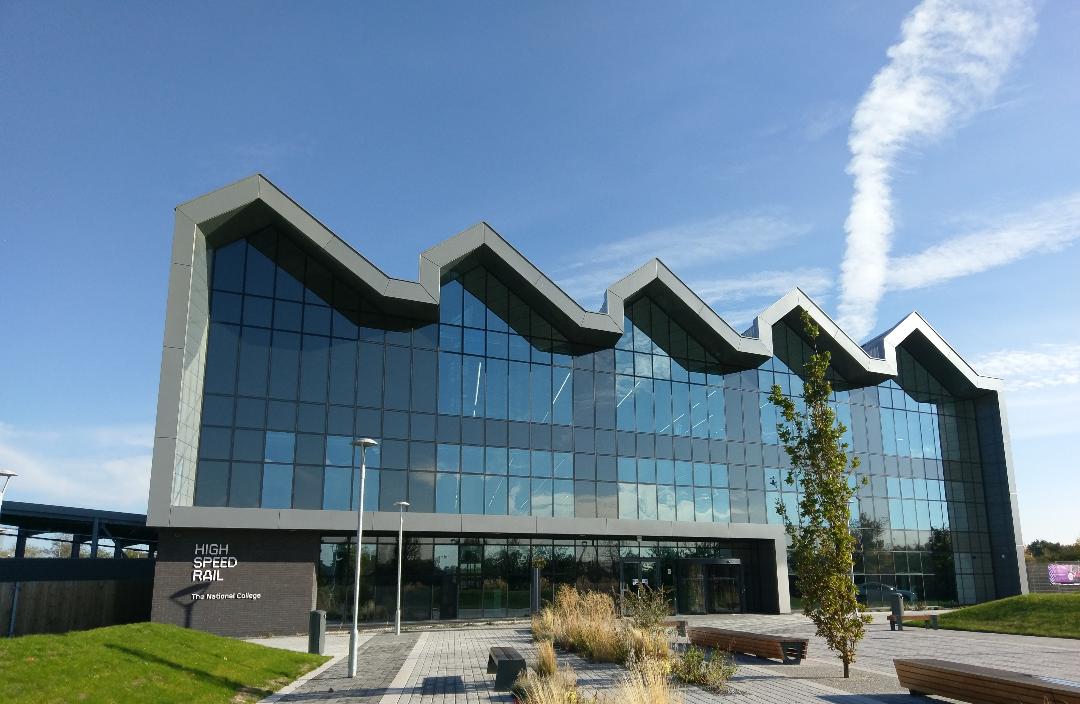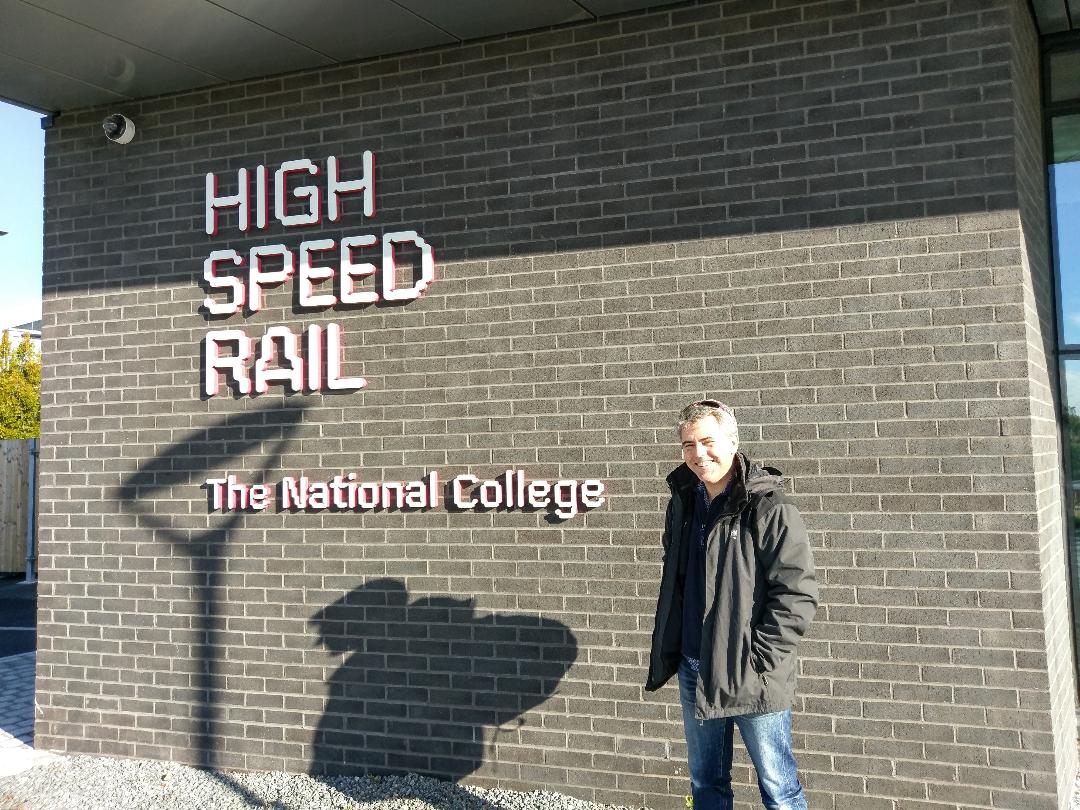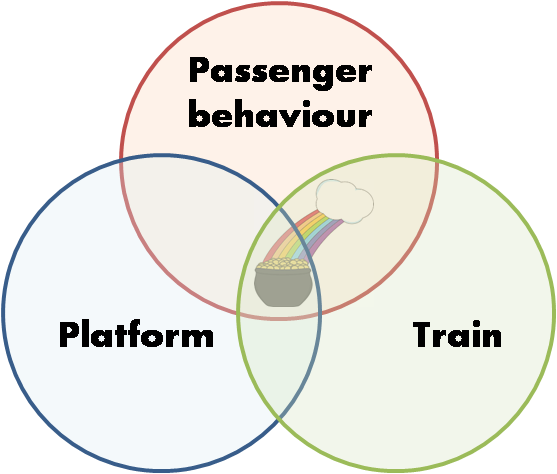Last week was great for the grey cells. I attended the Platform-Train Interface (PTI) seminar at the Institution of Mechanical Engineers (@IMechE) where there were some great presentations about ongoing work and solutions being developed; then I had a couple of days at the Doncaster campus of the National College for High Speed Rail (@NCHSR) where the HS2 PTI simulator was being trialed and reviewed by members of Network Rail’s Built Environment Accessibility Panel (BEAP).
What’s the big deal about the Platform-Train Interface? Why do engineers get hot under the collar about this? Fundamentally, why do we have to “Mind The Gap” (and the steps and the other passengers and the closing doors...)?


I would like to share a few brief thoughts that came out of last week.
There are three factors that need to be considered in finding a PTI solution: the train, the platform and the passengers themselves. But what is a ‘PTI solution’? What are we aiming at? As well as the 3 factors, solving the PTI is a multi-faceted challenge:
- Is it about accessibility?
- Is it about safety?
- Is it about getting people off and on the train with minimum delays to the service?
Of course, the answer is to optimise as a whole system by addressing the three factors across all 3 challenges.
At the IMechE PTI seminar it was very interesting to hear how each of these factors and each of these challenges are being tackled and improved – either individually or collectively to some degree. At NCHSR, it was very interesting – in a different way – getting the feedback and insight from the BEAP members as they reacted to the PTI configurations offered on the HS2 test rig.
This made me realise the additional complexity surrounding the ‘Passengers’ component to this conundrum and, hence, the additional importance of understanding the reasons why passengers behave the way they do.
To put it another way: the platform and the train can be updated to give an improved PTI and as long as the laws of physics are obeyed any improvement will be consistently delivered – under normal conditions.
Passengers, on the other hand, cannot be upgraded in the same way – only educated or given better tools – but ultimately they will continue to exhibit Brownian motion to some degree. They will not behave or move as we would expect or prefer. They are not sheep – as, indeed, Engineers and Train Operating Companies (TOCs) are not shepherds. In fact, to continue the theme, rather than “One Man And His Dog”, maybe we should remember the film “Babe” where the sheep have needs and feelings and more of an independent mindset.
Not that I’m trying to suggest that passengers are sheep, you understand.
And I’m not wanting to infer that engineers and TOCs are small pigs either.
It’s just that....actually, forget the ‘Babe’ thing entirely. My mistake. Bad analogy.
Anyway, the point is that the needs, wants and drivers behind passenger behaviour are myriad. They are possibly routine and yet probably changing according to the day or the time or the level of congestion, crowding, lateness, tiredness, etc etc etc. Understanding the routines, mindsets and randomness of passenger behaviour is, therefore, incredibly complex and quite possibly, impossible.

Thus, if we’re heading to the ‘sweet spot’ that represents the optimisation of the PTI for train, platform and passengers and with maximum safety and accessibility and minimum disruptions, it may be that we’re chasing the pot of gold at the end of the rainbow.
That doesn’t mean we shouldn’t be chasing that pot of gold. I happen to believe there are solutions out there – and I choose that word carefully: “solutions” – plural. I believe that one size will not fit all and it may be that any particular solution may not be a permanent fix.
More than that, it may be that we can never be satisfied with what we’ve achieved. We may find that our PTI solutions have to be modified and adjusted as behaviours and environments evolve.

